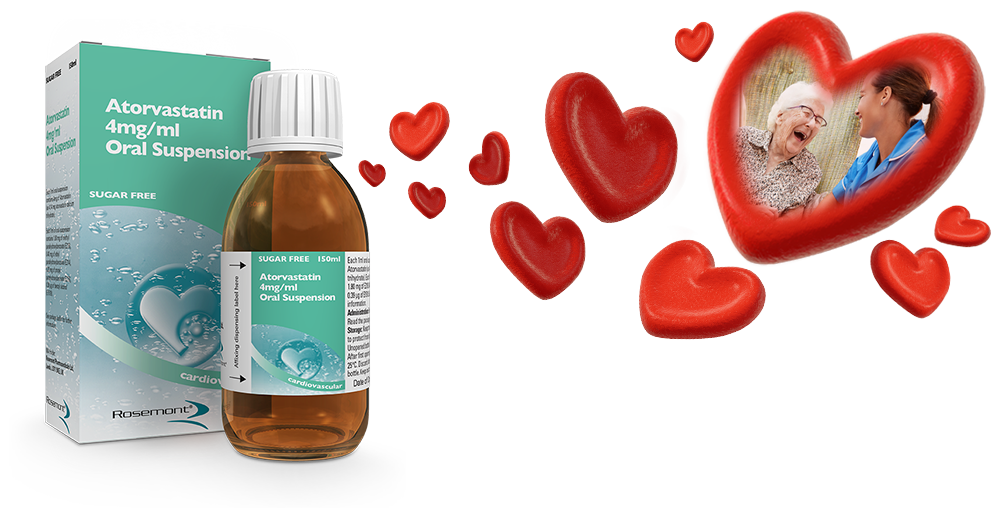Cardiovascular
Disease
The scale of the problem
Cardiovascular disease (CVD) is the leading cause of death in the world1
25% of all deaths in the UK are caused by CVD2
- 7.6 million people in the UK are living with heart and circulatory diseases
More than half of the UK population will get a heart or circulatory condition in their lifetime
- Around twice as many people in the UK are living with heart or circulatory diseases than with cancer or Alzheimer’s disease combined
CHD is the most common type of heart and circulatory disease.
Top 5 causes of death in the UK
COVID-19 (74,031)
Alzheimer’s/dementia (69,178)
CHD (65,579)
Stroke (33,714)
Lung cancer (33,166)
Number of UK deaths
- In the UK, a patient suffering a heart attack is admitted to hospital every 5 minutes
- In the UK, 7 out of 10 people survive a heart attack
- Around 1.4 million people in the UK have survived a heart attack
- Every 5 minutes in the UK, someone will suffer a stroke
- Around 1.4 million people in the UK have survived a stroke or transient ischaemic attack (TIA)
- Stroke is the single biggest cause of severe disability in the UK
Multiple risk factors
High Blood Pressure
High Blood Pressure
- Hypertension is the leading modifiable risk factor for heart and circulatory disease in the UK
- An estimated 28% of adults in the UK have hypertension
- Around 50% of heart attacks and strokes are associated with hypertension
Diabetes
Diabetes
- Over 4 million adults in the UK have been diagnosed with diabetes
- 850,000 people in the UK are thought to have undiagnosed Type 2 diabetes
- In the UK, one third of adults with diabetes die from a heart or circulatory disease
High Cholesterol
High Cholesterol
- High levels of low-density lipoprotein (LDL) cholesterol are associated with 1 in 4 heart or circulatory disease deaths in the UK
- Close to half of UK adults are thought to have cholesterol levels above national guidelines
- 7-8 million UK adults currently take lipid lowering drugs such as statins
Smoking
Smoking
- Around 1 in 8 adults in the UK are smokers
- It is estimated that 15,000 deaths a year in the UK from heart and circulatory diseases are attributable to smoking
- 80,000 deaths a year are thought to be due to smoking related causes
Overweight
Overweight
- Around 38% of adults in the UK have a body mass index (BMI) defined as overweight
- Around 26% of adults in the UK have obesity
- Approximately 1 in 6 heart and circulatory disease deaths in the UK are associated with a high BMI
Diet & Exercise
Diet & Exercise
- Only a quarter of UK adults consume the recommended minimum 5 portions of fruit and vegetables per day
- Around 25% of UK adults exceed the national guidelines for weekly alcohol intake
- Approximately 35% of UK adults do not achieve recommended levels of physical activity each week
High levels of low-density lipoprotein cholesterol can increase risk of CVD3
NICE recommends statins in treating high levels of non-high density lipoprotein cholesterol4
Following a cardiac event, patients are advised to take a statin5
0
Heart Attacks Prevented
0
Strokes Prevented
NICE revised guidelines* on statins may have prevented 28,000 more heart attacks and 16,000 more strokes a year in the UK6
* Preventative treatment for CVD should be halved from a 20% risk of developing disease over 10 years to a 10% risk
NICE recommendations for wider use of statins for prevention of CVD
Published July 2014, revised Sept 2016, next revision expected 2023
- GPs should offer atorvastatin 20mg for the primary prevention of CVD to people who have a 10% or greater risk of developing CVD within the next 10 years
- Patients with type 1 or type 2 diabetes should be offered 20mg atorvastatin for primary prevention of CVD
- Patients with established CVD may need to be offered 80mg atorvastatin
- GPs should discuss the benefits of changes to lifestyle with patients before initiating treatment with statins
- The risk of developing CVD should be estimated by the QRISK2 assessment tool
- NICE does not believe that the revised guidance increases workload for GPs

Atorvastatin 4mg/ml Oral Suspension
The first licensed liquid atorvastatin
